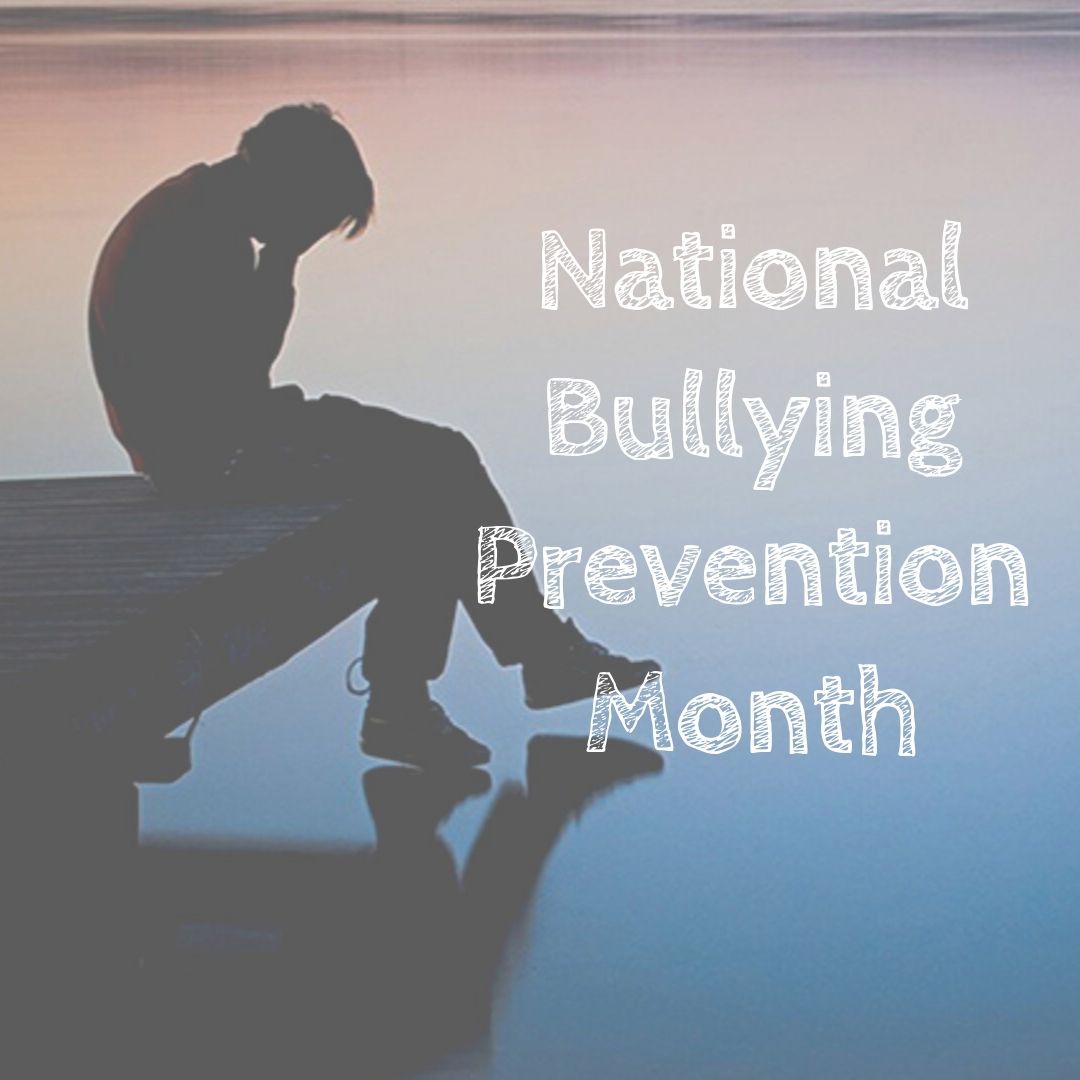All teachers agree that digital citizenship is essential knowledge for students whether they’re going onto college or a career, yet when I ask who in their school teaches it, they always shrug. Someone, but not them…
Ask a Tech Teacher contributor, Amy Williams, has four bottom line issues that any teacher can cover and as many as possible at each grade level should:
 Educators have always had the challenging task of teaching our children reading, writing and arithmetic, among many other subjects. But, as times change, so should the curriculum taught in our schools. These days, teachers should introduce students to the world of social media so they can begin to develop the skills they need to live a safe digital life. How can these skills be taught? Follow these tips:
Educators have always had the challenging task of teaching our children reading, writing and arithmetic, among many other subjects. But, as times change, so should the curriculum taught in our schools. These days, teachers should introduce students to the world of social media so they can begin to develop the skills they need to live a safe digital life. How can these skills be taught? Follow these tips:
Follow the “WWGS” rule.
Kids often feel freer to taunt or bully someone online because they feel protected behind the computer or smartphone screen. But, the many news stories about teens committing suicide after being cyberbullied show that words can hurt—even when they’re being spoken through a screen. That’s why educators should teach children digital etiquette, starting with the “What Would Grandma Say?” or “WWGS” rule. Before posting anything online, think how your grandmother would feel about you saying it. This helps your students understand the need to filter what they say.
Nothing is private.
Talk to your students about digital privacy, and explain how nothing is really as private as it seems. Depending on the age of your students, it may be appropriate to pull up news articles regarding cybersecurity and famous celebrity hacks. Then, ask your students to go home and work with their parents to adjust their privacy settings on their personal social media profiles. Have their parents sign off on this task once it’s done. Not only does this protect your students, but it will also help start a conversation between your students and their parents about digital safety.
Stay away from strangers.
Most of your students would never engage in an intimate conversation with a stranger in the offline world, but they would probably be more likely to do so if they were online. As teachers, you should work on teaching them that these two worlds are much more connected than they think. Because so much of your private information is not really protected, strangers can easily find out more about you, such as your phone number or location, and make it impossible for you to hide behind a computer screen. Students should be taught to o nly add people they know in the real world to avoid running into danger.
nly add people they know in the real world to avoid running into danger.
Create a social media contract.
Incorporate a little bit of these lessons into your daily class period, and then once you have covered everything, work together as a class to write out a social media contract. Terms of the contract should include not speaking with strangers, updating your privacy settings, always treating others kindly, and not sharing personal information online. Have everyone in your class sign off on the social media contract, and then proudly hang it up in your classroom to serve as a daily reminder of how they should be behaving online.
Teachers, it may be helpful to loop parents in on your plans to educate students about social media. Parents may not be familiar with proper digital etiquette since they did not grow up using social media, so it may help if you send home educational materials so they can learn, too!
Amy Williams is a journalist based in Southern California. As a mother of two, she hopes to use her experience as a parent to help other parents raise their children to be the best that they can be.
Jacqui Murray has been teaching K-18 technology for 30 years. She is the editor/author of over a hundred tech ed resources including a K-12 technology curriculum, K-8 keyboard curriculum, K-8 Digital Citizenship curriculum. She is an adjunct professor in tech ed, Master Teacher, webmaster for four blogs, an Amazon Vine Voice, CSTA presentation reviewer, freelance journalist on tech ed topics, contributor to NEA Today, and author of the tech thrillers, To Hunt a Sub and Twenty-four Days. You can find her resources at Structured Learning.





































This is great, Jacqui! I love the “WWGS” rule! Brilliant! Kids can definitely relate to that.
You must be a MacGyver fan, too (WWMD–What Would MacGyver Do). I’ve adopted the WWGS acronym, too.